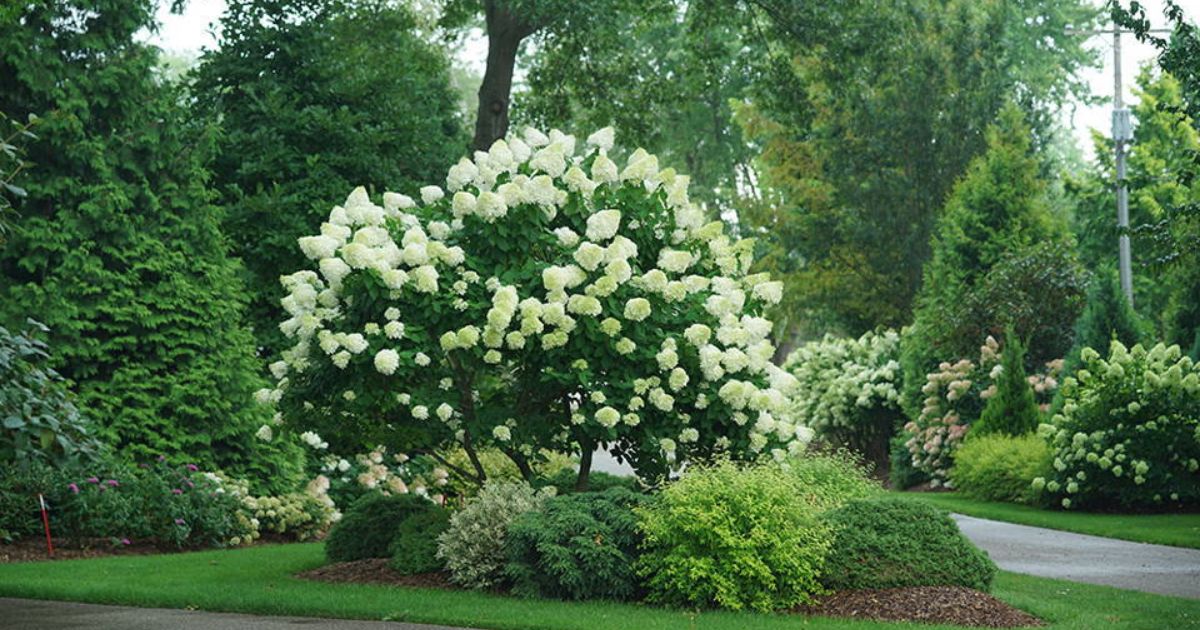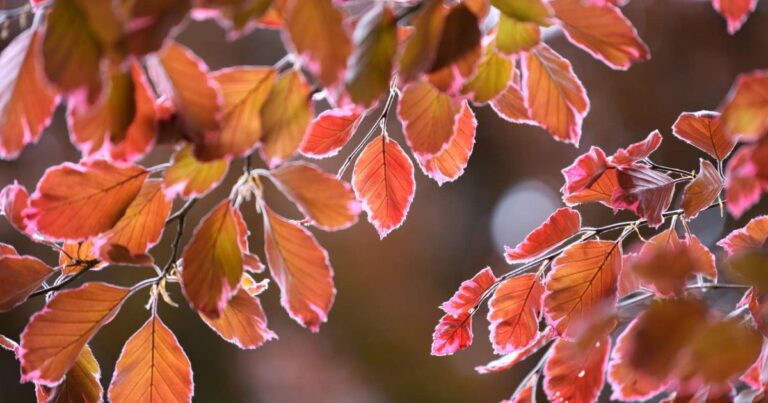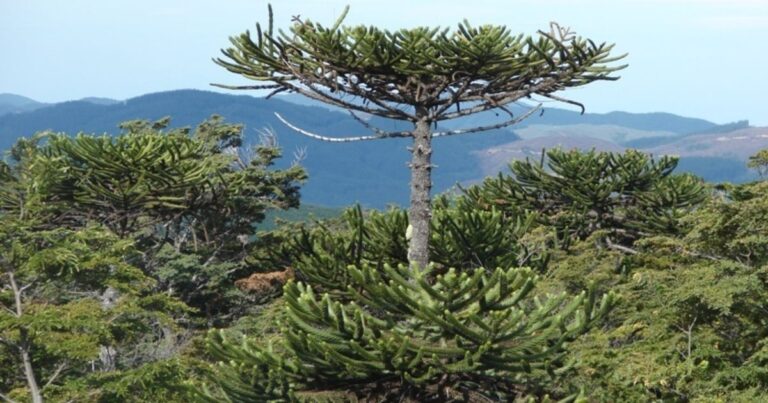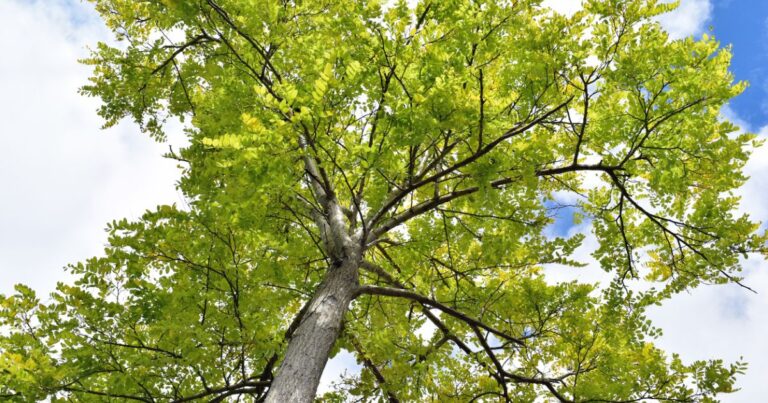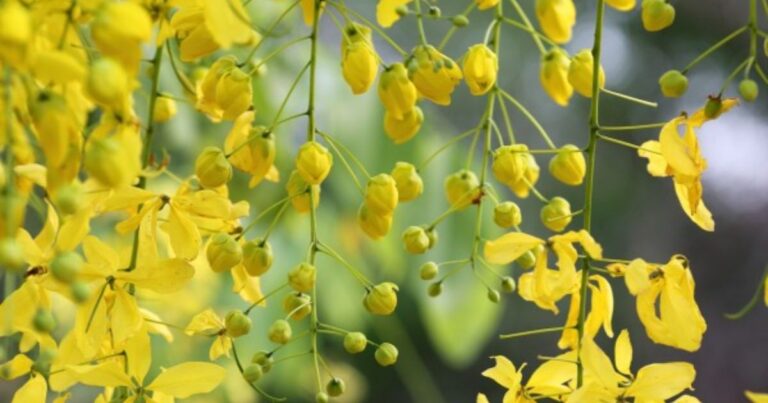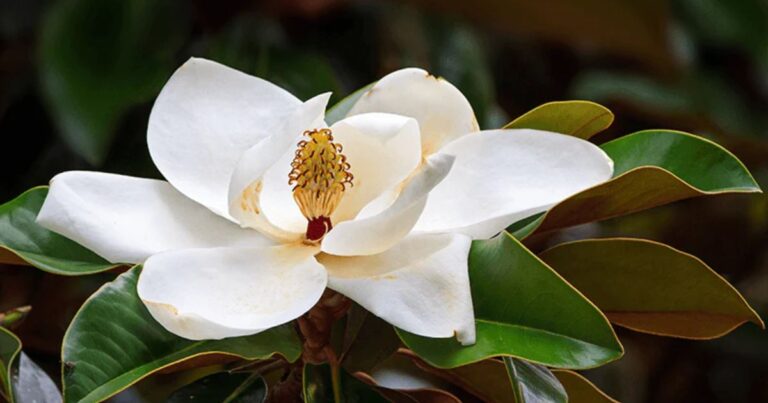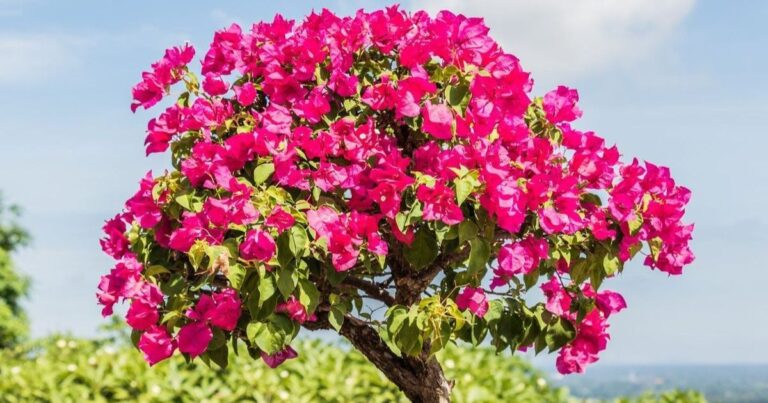Hydrangea Trees Complete Guide About Care, Types & Growing
Hydrangea Trees are the most beautifull tree in the world, with their lush leaves and clusters of vibrant blooms that can enhance any outdoor space. You are an expert gardener or just starting out, hydrangea tree bring beauty and charm to your garden.
In this article, I will cover everything you need to know about caring for these lovely plants, from the different types to their growth needs. With the right care, your hydrangea tree can become a stunning centrepiece in your garden for many years.
What Are Hydrangea Trees?
Hydrangea Tree, specifically known as Hydrangea paniculata or panicle hydrangeas, have their origins primarily in East Asia, are a stunning addition to any garden, offering both elegance and versatility. The dramatic cone shaped flower clusters bloom in hues ranging from white to blush pink to deep burgundy, making them a striking focal point throughout the growing season.
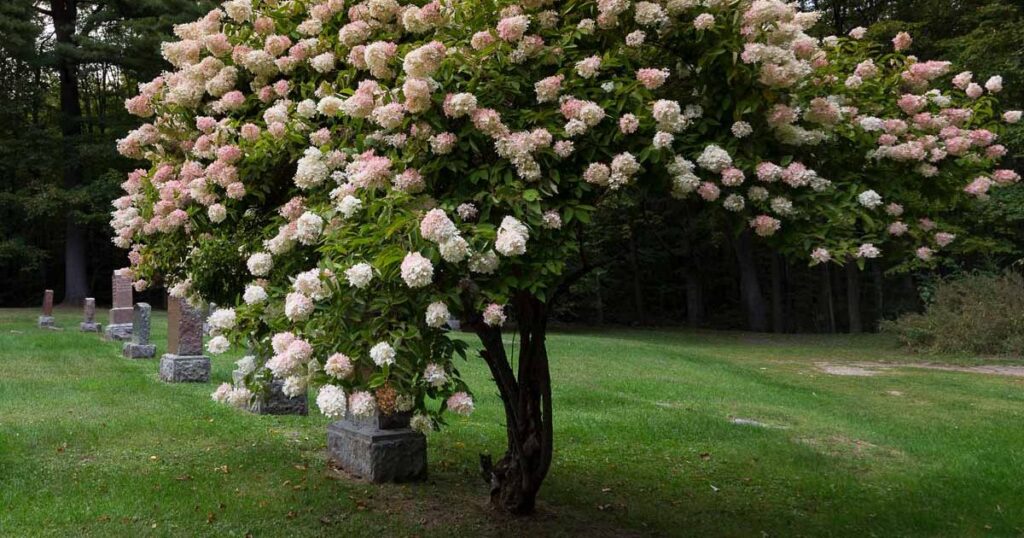
Cultivating hydrangea tree is not just about aesthetics, they provide habitat for pollinators like bees and butterflies, supporting biodiversity in home gardens. Embracing hydrangea trees goes beyond mere decoration, it’s about creating living art that enriches both your environment and local ecosystems.
Types Of Hydrangea Tree
Hydrangea tree, known for their stunning blooms and robust growth, come in several captivating varieties that can enhance any garden.
Limelight Hydrangea Tree
Limelight Hydrangea Tree, real name Hydrangea paniculata Limelight, has been gaining popularity among gardeners and landscape designers for its striking aesthetics and adaptability. This deciduous tree is especially celebrated for its large, cone shaped blooms that transition from a vibrant lime green in the summer to an elegant creamy white, finally maturing to a soft pink in early autumn.
Vanilla Strawberry Hydrangea Tree
Vanilla Strawberry Hydrangea Tree, with its distinctive colour changing blooms, is a stunning centrepiece for any garden.
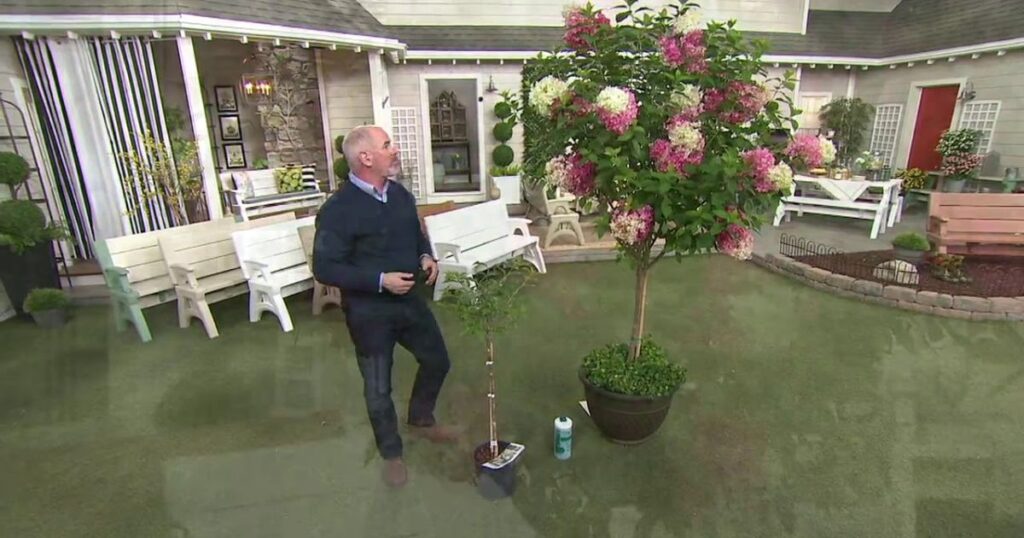
This captivating metamorphosis not only adds visual interest but also serves as an indicator of the plant’s health and maturity throughout the growing season.
Quick Fire Hydrangea Tree
Quick Fire Hydrangea Tree, real name Hydrangea paniculata Quick Fire, stands out for its remarkable ability to bloom early in the season, making it a favourite among gardeners eager to enjoy vibrant floral displays. Its rapid flowering timeline means that those who plant these beauties can witness a lively transformation of their gardens earlier than many other varieties.
Pinky Winky Hydrangea Tree
Pinky Winky Hydrangea Tree, real name Hydrangea paniculata Pinky Winky, offers a unique twist on traditional hydrangeas. These trees are not only aesthetic marvels, they are also relatively easy to maintain and adapt well to various soil conditions, making them ideal for both novice gardeners and seasoned horticulturists alike.
Phantom Hydrangea Tree
Phantom Hydrangea Tree, real name is Hydrangea paniculata Phantom, is a remarkable addition to any garden.
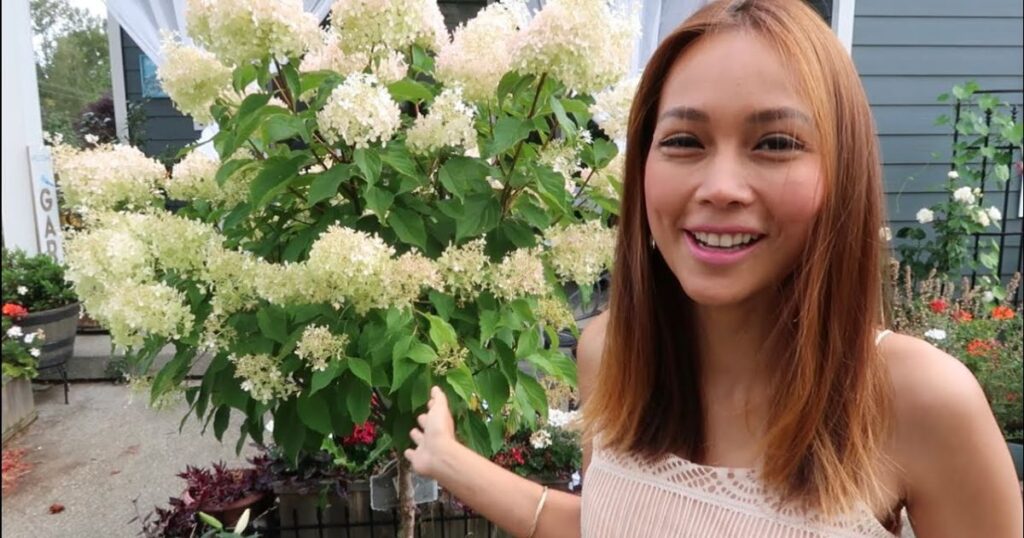
This deciduous shrub stands out for its impressive height reaching almost 8 feet by flowering time and its ability to adapt seamlessly to various soil conditions, making it a favourite among gardeners looking for versatility and impact.
How To Plant A Hydrangea Tree?
When planting a hydrangea tree, it is important to know the right conditions for it to grow well. Unlike hydrangea shrubs, these trees like well drained soil that is rich in organic matter for moisture and nutrients.
Check the light in your garden; they can grow in partial shade, but dappled sunlight will help them bloom better and grow stronger. Timing matters, Spring is the best time to plant hydrangea tree because the weather is mild and there is plenty of rain. After planting, add mulch around the base to keep moisture in and prevent weeds.
Regular pruning during the dormant season helps the tree grow well and produce vibrant blooms each year. In early spring, use a slow release fertiliser to support growth and influence flower colour. Acidic soil can produce beautiful blue flowers, while alkaline soil can yield lovely pink ones. With proper care, your hydrangea tree can be a stunning centrepiece in your garden.
Hydrangea Tree Growing
Hydrangea tree, especially Hydrangea paniculata, add a unique look to gardens with their tall, tree like shape. Unlike regular bushes that spread out, these trees can grow 8 to 15 feet tall and display beautiful flowers from summer to fall. The best part is that they can grow in different soil types, making them easy for gardeners to use.
This encourages fuller leaves and bigger flowers. You can also plant ferns and hostas around the base; their green leaves contrast nicely with the hydrangea’s bright blooms. Growing a hydrangea tree is not just about flowers, it’s about creating a lively and beautiful ecosystem all year round.
Hydrangea Tree Take care
Caring for a hydrangea tree involves understanding its unique needs throughout the seasons. The most critical aspect is timing your pruning. The best time to shape your hydrangea is in late winter or early spring, just before new growth begins.
It is vital to identify you have a mophead or panicle variety, as this determines where and how much to prune mop heads that bloom on old wood while panicles thrive on new growth. Another essential consideration is water management. Hydrangeas appreciate consistent moisture but can suffer if they stand in soggy soil.
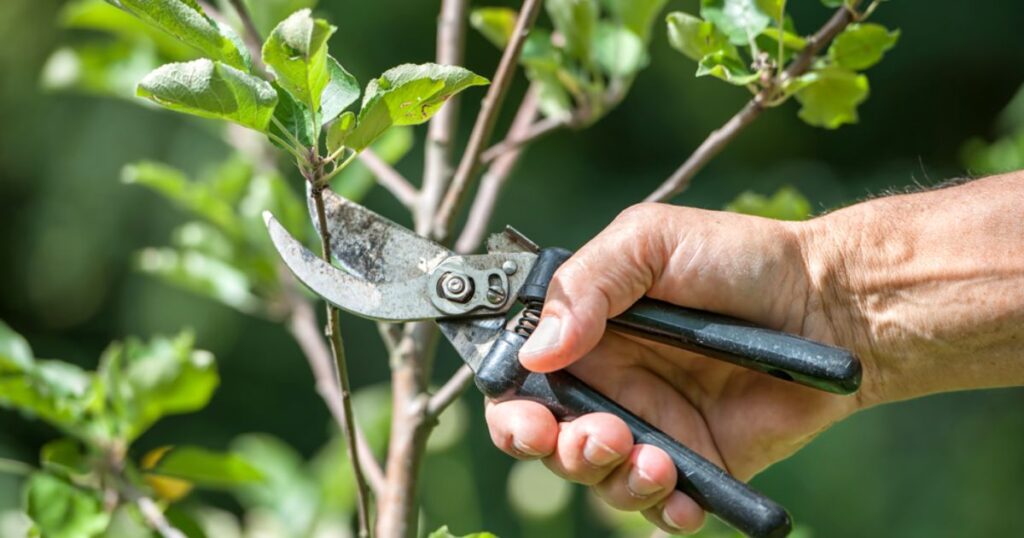
To achieve a perfect balance, consider applying a thick layer of mulch around the base, which helps retain soil moisture and regulate temperature. Monitoring for pests such as aphids and leaf spot disease ensures your hydrangea tree remains vibrant throughout its blooming period. With attentive care and proper technique, your hydrangea tree can become an architectural feature in your garden that dazzles with lush blooms year after year.
Hydrangea Tree Size And Height
This tree with its stunning globes of colour, can elevate any garden space when fully matured. Typically reaching a mature height of 6 to 10 feet and a width of 5 to 6 feet, this deciduous shrub offers an impressive presence whether used as a standalone feature or part of a larger landscape design.
Its relatively modest growth rate means that patience is key; gardeners can expect slow but steady development as the plant establishes itself in its environment.
Uses Of Hydrangea Tree
- Landscaping Centrepiece: With heights reaching up to 15 feet, hydrangea tree can serve as stunning focal points in gardens, providing vertical interest and vibrant colour from early summer into fall.
- Privacy Screens: Their dense growth habit makes them ideal for creating natural privacy screens or hedges, effectively blocking unwanted views while enhancing the landscape’s beauty.
- Wildlife Attraction: These trees attract various pollinators such as bees and butterflies during their blooming period, contributing to local biodiversity and helping sustain insect populations.
- Cut Flower For Arrangements: Hydrangeas are prized for floral arrangements due to their large blooms and myriad colours, they can be freshly cut for bouquets or dried for long-lasting decor.
- Culinary Uses: In some cultures, young hydrangea shoots are used in salads or stir fries, although care must be taken due to potential toxicity in certain species if consumed improperly.
- Medicinal Properties: Historically, some varieties have been used in herbal medicine for their anti-inflammatory properties; however, it’s essential to consult with a healthcare professional before use.
- shade Providers: When planted strategically, hydrangeas can provide shade to smaller plants beneath them that prefer partially shaded environments or cooler microclimates.
- Seasonal Decoration: The varied colours of hydrangea blossoms transition beautifully through the seasons; they’re particularly popular during weddings and other celebrations for decor themes.
Tips And Fun Facts About Hydrangea Tree
cultivating a hydrangea tree, selecting the right location is critical for its thriving beauty. These trees prefer well-draining soil rich in organic matter and benefit from dappled sunlight rather than harsh afternoon rays.
To encourage lush blooms, consider adding compost or mulch around the base; this not only retains moisture but also provides essential nutrients.
Remember that different hydrangea species offer varied flower colours based on soil pH, with blue hues emerging in acidic conditions and pinks flourishing in alkaline environments, a fascinating aspect to manipulate for plant enthusiasts.
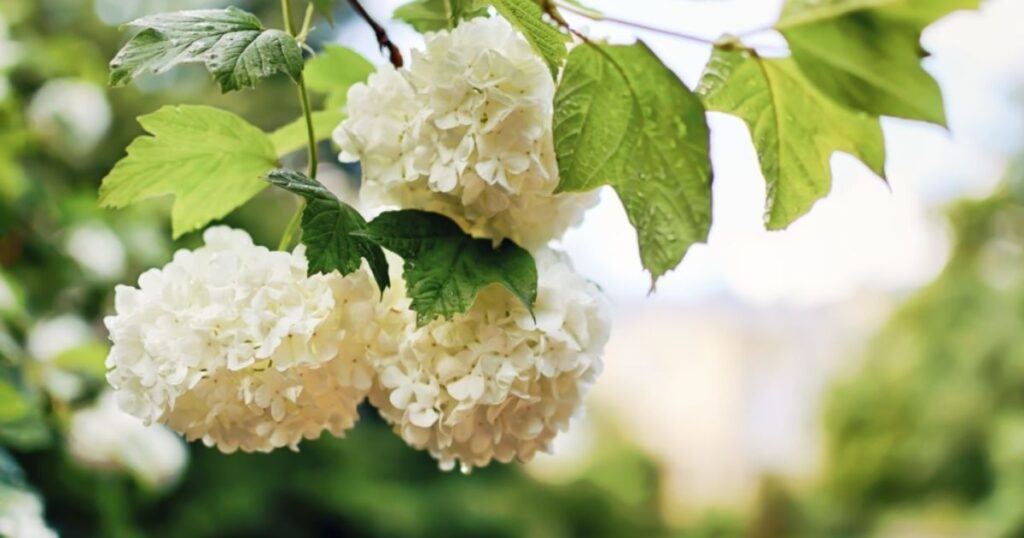
Hydrangeas have been cherished for centuries across various cultures, often symbolising gratitude and understanding. In Japan, these stunning flowers are celebrated during the rainy season when they bloom vibrantly along mountainsides facilitating cultural festivals dedicated to their splendour.
Notably, the large flower clusters of hydrangeas can attract pollinators like bees and butterflies, making them an eco-friendly choice for gardeners aiming to support local wildlife while enjoying their captivating display.
So whether you are planting a solitary specimen as a focal point or creating a dramatic hedge display, every aspect of this tree invites creativity and appreciation in garden design.
Hydrangea Tree Is That Possible to Grow In Homes?
Growing a hydrangea tree in a home environment is not only possible but can also be an exciting endeavour for plant enthusiasts. These magnificent plants, known for their striking blooms and lush foliage, can thrive indoors with the right conditions.
which is compact and well-suited for container growing. Providing plenty of indirect sunlight, maintaining consistent moisture without overwatering, and using a well-draining potting mix are crucial steps to ensure success.
Hydrangea Tree Vs Marigold Flowers
Comparing the hydrangea tree and Marigold Flowers, one finds a striking contrast in aesthetics, ecological benefits, and care requirements. The hydrangea tree, with its majestic blooms and lush foliage, stands as a symbol of elegance in any garden.
In contrast, marigolds are compact yet resilient annuals that burst forth with fiery hues of orange and yellow. Their bright colors not only serve to uplift spirits but also attract beneficial pollinators like bees and butterflies.
Conclusion
Hydrangea Trees are a stunning addition to any garden, offering a variety of colours and shapes that can enhance your landscape throughout the seasons. By understanding the different types of hydrangea trees and their specific care requirements, you can cultivate these beautiful plants to thrive in your environment.
Proper watering, pruning techniques, and choosing the right planting location are crucial for ensuring healthy growth and vibrant blooms.

